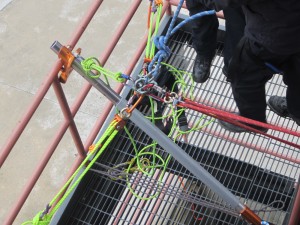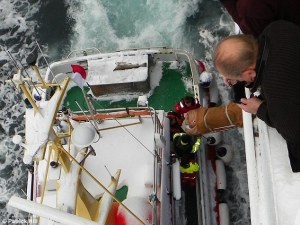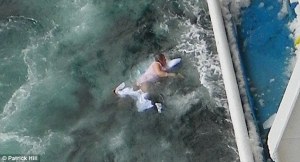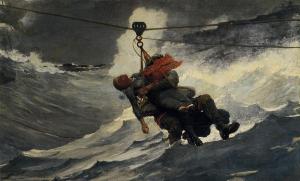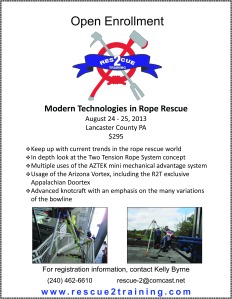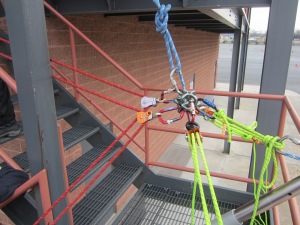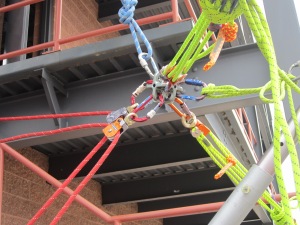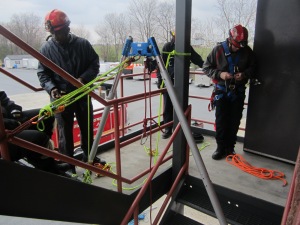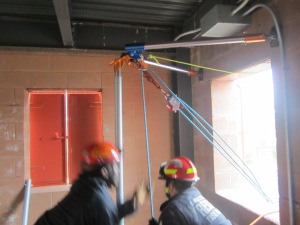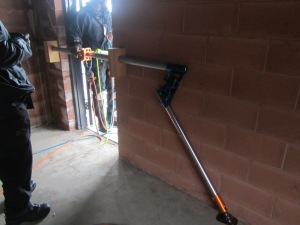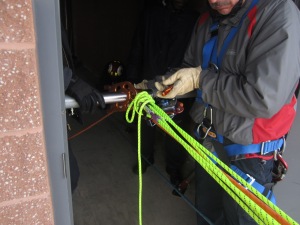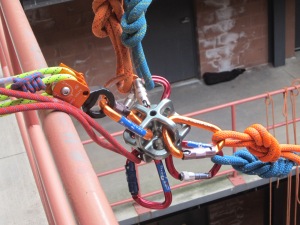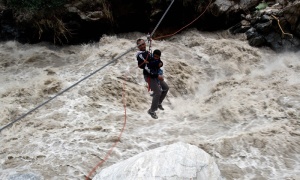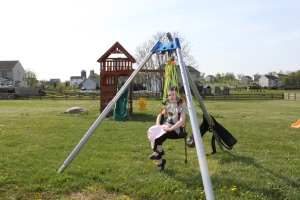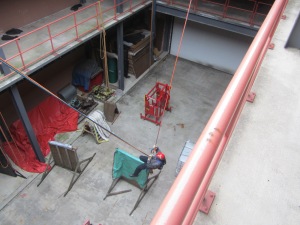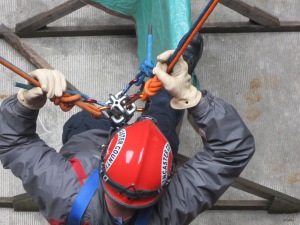Here is a comparison of rescues performed at different speeds. The first one is an actual rescue from down in Florida of a worker who was suspended in his fall arrest harness after the scaffolding he was on collapsed. The word from our sources who were on the scene informed us that it took 1.5 hours to perform this pickoff rescue. I was not personally there and can not speak first hand of the details, but I am told that it was a pretty straight forward scenario that just took a very long time to accomplish.
The good news is that it was successful, but had the victim been in distress, it might have been a different outcome. A pickoff should be one of the bread and butter operations of every rope team. On the scene is not the time to figure out where your attachments go to the victim, method of unweighting them from their system, etc… This should all be hammered out and drilled on well in advance.
Click here for the story and video:
http://miami.cbslocal.com/2014/02/10/scaffolding-collapse-traps-workers-in-ft-lauderdale/
The opposite end of the spectrum is this video, brought to our attention by Eric Ulner of Ropes that Rescue, of a rescue competition which includes pickoffs. These guys are FAST!!! It looks like the video is sped up, but this is just the end product of dozens of hours of disciplined practice.
While real world rescues obviously present situations you are unable to specifically PLAN for, you should always be PREPARED for what might come your way. Rescues don’t need to happen at competition speed, but that’s no excuse for taking an excessive amount of time, either.


